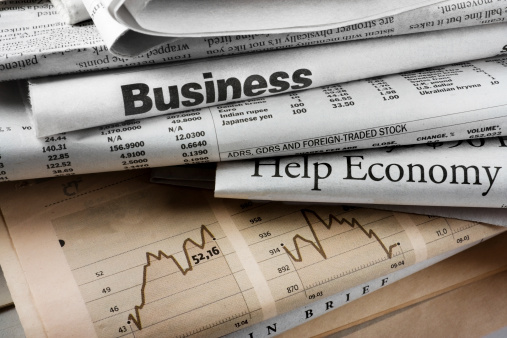
Broad and Deep Industry Insights
At AZO our bulk material handling work is inter and intra-industry. We work across industrial and household chemicals, EV batteries, plastic and rubber manufacturing, food, pharmaceuticals, beverages, cosmetics, pet food, and more.
That breadth of engagement helps us understand broad manufacturing trends like automation, ingredient trends (like increases in "clean"-label food), industry trends (like powder paint reclamation), and intra-industry trends (like the sharp contrast between institutional and retail food early in the COVID lockdowns.)
We also help companies anticipate cycles and analyze complex decisions like the operational and philosophical choice between consolidating manufacturing into highly automated single facilities vs. diversifying into regional locations. There are pros and cons to each as we covered in detail when we first published our guide to Hybrid Plant operations.
Since we published the guide in 2020 we've seen companies adapt to continued, dramatic changes in supply chains and consumption patterns that warranted an update to our guide.
Resilient > Lean
For years companies worked doggedly to wring inefficiencies from their operations using lean best practices. Frameworks of risk analysis helped them to anticipate and mitigate risks. Yet cognitive biases, particularly recency bias, prevented them from considering risk's distant cousin - uncertainty.
Where the former - efficiency - led to lots of consolidations of facilities and vendors, as the latter - uncertainty - arose in COVID reactions and cascading supply chain issues through 2020-2021 many companies scrambled belatedly to create redundancy and resilience.
At AZO we've observed a more subtle but significant change as we've transitioned from 2021 into 2022. The impacts of the war in Ukraine have distorted and amplified many of the COVID related impacts, just as it felt as though conditions were normalizing.
Our production and clients' businesses are all some form of energy transfer - from a combination of some material inputs AND energy, into a product output. Those outputs range from highly energy intensive (producing aluminum or fertilizer) to marginally so (drying food and chemical products), yet energy has roiled many manufacturing enterprises. Where we might have considered location as a form of energy cost arbitrage, today the more basic question of availability of energy (whether Germany, American Southwest, or elsewhere) is problematic.
Other disruptions which would have seemed unprecedented based on a 30-year experience horizon include profound labor shortages, a dramatic shift in economic emphasis from services to products and now back to services, impaired logistics based on the availability of drivers, fuel costs, and port operations, raw material costs and shortages, and inflation. And as the export engine of China sputters under constraints of "zero-covid lockdowns, manufacturing globally could be yet again impacted.
To Consolidate or Diversify?
Just as pandemic and war revealed the inherent exposure of ultra-efficiency to uncertainty, consolidating manufacturing operations is appealing by some metrics, yet risky by others.
There is no simple answer.
At AZO we see growing opportunity and interest in hybrid alternatives. Our conversations with companies weighing upgrades to current facilities, transactions to acquire existing capacity, and greenfield projects normally consider a range of options that work to blend the strengths of each approach while mitigating the cons. Often companies find value in approaches that combine some geographic diversification with significant operational and technical harmonization.
This allows them to shift production according to labor, raw material, energy and transportation requirements while harmonized technology allows for shifting equipment and/or talent as required to respond to changes.
New Mindset for a New Era
The 30 years since 1990 have certainly brought us economic cycles, but the broad arc of business was one of efficiency and globalization. Human nature led us to project that indefinitely into the future.
The 30 months since April 2020, however, have made abundantly clear that conditions have changed dramatically. And those changing conditions demand that management balance essentially irreconcilable priorities - cost reduction and resilience.
At AZO we believe that this actually creates an important inflection point in how companies view manufacturing, automation, and risk. Our focus is on helping solve macro business challenges for our clients even while we tackle the vexing micro issues of specific process and ingredient challenges.
For a more detailed look at how we do that, please contact us and/or download our free, updated Guide to Hybrid Manufacturing Operations.


